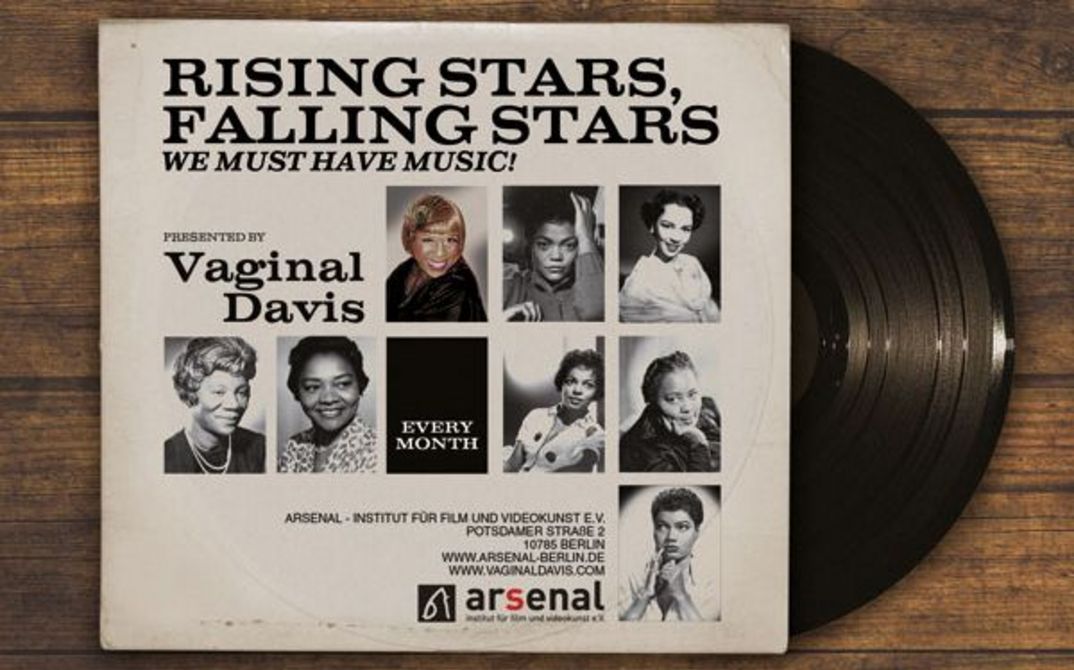Listening to the Archive
By the mid 1960s in Los Angeles, the great movie palaces built between the Great War and the early 1930s on the Broadway corridor of Downtown were in decline, as was most of the inner city. White Angelenos had fled to the assumed safety of the suburbs, but every weekend my underprivileged family was able to see first-run Hollywood films in these still very impressive cinema temples for a low fee.
Somehow, as a small child, I would always manage to escape my mother and three older sisters and wander off on my own, winding up into the projection room. I instinctively knew that this was the place where all the true movie magic occurred. Ever since then I have been fascinated by movie projectors and projectionists, and that delirious hum that the machines produce. What I didn’t know as a child, but that I realize now, after several years of utilizing the living and breathing archive of the Arsenal, is that the movie magic goes even further than the projection room.
Now my innate, childish curiosity keeps leading me deeper than I ever could have imagined, and in the end has turned the tables of child and mother, or in my case perhaps mammy. So it seems only fitting to continue as before without fanfare: mothering the archive as a work-in-progress. Am I a successful parent? Who is to say? At least I know where my children are when they run away from me into the projection room.
As part of the Living Archive project I have enhanced my long running series "Rising Stars, Falling Stars" to now explore the often complex relation of music and film. Of course the musical genre is part of that interaction, but that’s only the beginning. Wait and see.



